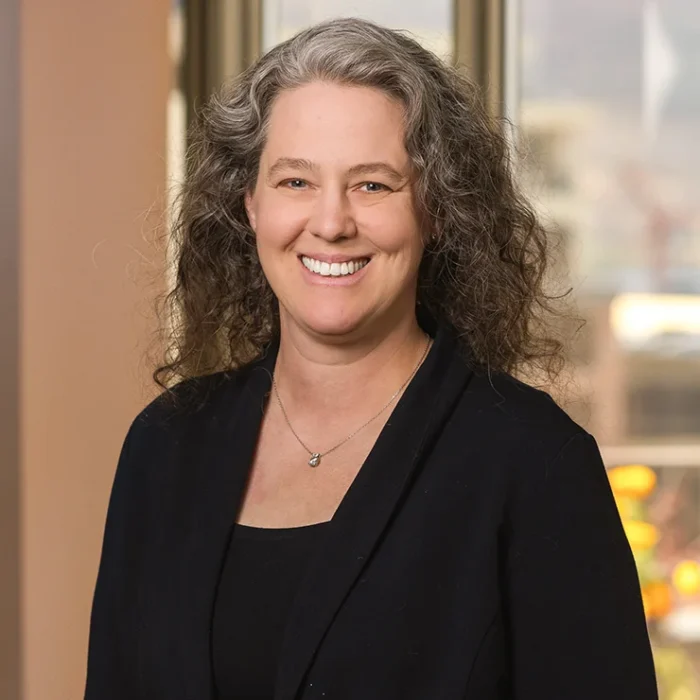Land on reserve cannot be sold. So when a developer builds a residential project on reserve land, the developer leases the land on which the project will be built, and then sells long term subleases for each home. The details vary from project to project, but typically, the buyer purchases a 99 year sublease, with all of the rent paid up front when he or she takes possession of the home. Banks can provide mortgage financing to fund the rent payment.
The buyers will also have a right to use the common property in the project, which is usually referred to in the documentation as a license. Roads, sidewalks and parks are typical examples of common property. Some projects also include pools and clubhouses.
In addition, the buyer becomes a member in an owners association, which manages the lease for the project. The owners association is similar to a strata corporation in off-reserve residential projects. Members appoint directors, have regular meetings, approve budgets, and manage the common property in the project. A developer will usually manage the budgets and common property until the project is complete, and then the owners association takes over for the rest of the term of the lease.
Andrea East is a business lawyer at Pushor Mitchell LLP practicing in the area of First Nations Law. You can reach Andrea at 250-869-1245 or [email protected] if you would like help with leases of reserve land.
